Jenny Crossley is one of Australia’s finest Mixed Media Artists. Based in rural Victori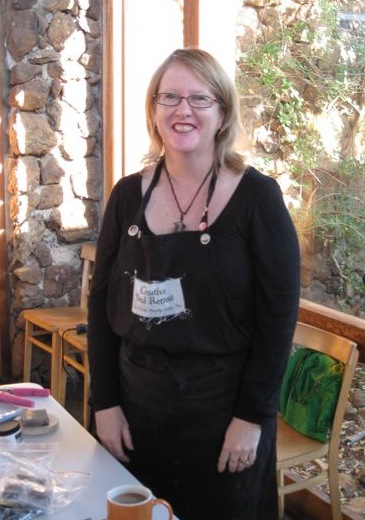 a, her take on Mixed Media art is all about finding unlikely treasures and everyday objects and turning them into brilliant pieces of artwork or jewelry.
a, her take on Mixed Media art is all about finding unlikely treasures and everyday objects and turning them into brilliant pieces of artwork or jewelry.
A variety of metals and metal objects are the basis for many of Jenny’s creations. A washer or a piece of pipe can have a back piece soldered to it then add an image and other found objects, add ICE resin, and you have the most exquisite necklace.
This tiny book made by Jenny features a metal cover that has been etched, using a rubber stamp design. The amount of detail that can be seen is incredible. The pencil shown beside the book indicates how small it is.
As well as delicate pieces of jewelry, Jenny also creates larger handmade books. This work of art was made by Michelle, from the Mixed Media arts team, under Jenny’s tutelage. The pages are based around pre-cut frames that Jenny has designed. After lots of gluing, aging, antiquing, cutting and sanding, these pages were ready to be embellished and decorated with vintage images and an assortment of found objects. As with most artwork, these photos don’t really show the details in the pages or the cover.
To learn more about Jenny, her art and her online store, her website A Mark in Time can provide more information.
…
~*~*~*~*~*~*~*~*~*~*~*~*~*~*
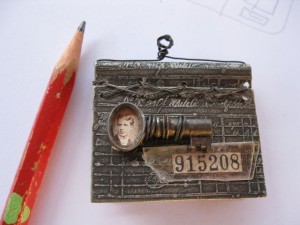
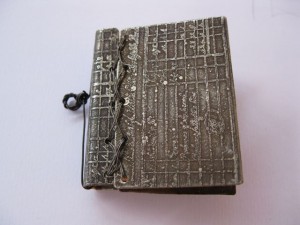
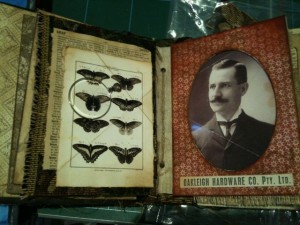
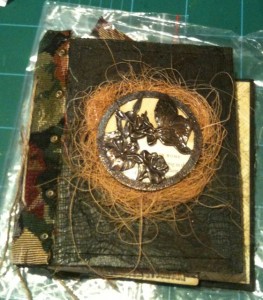
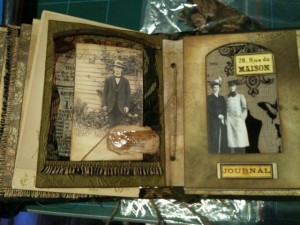
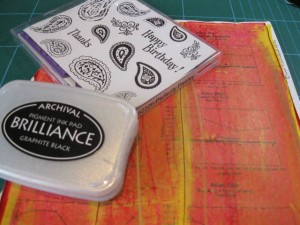
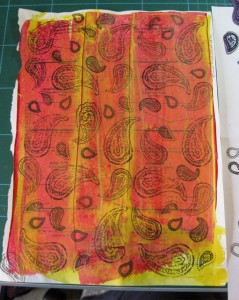
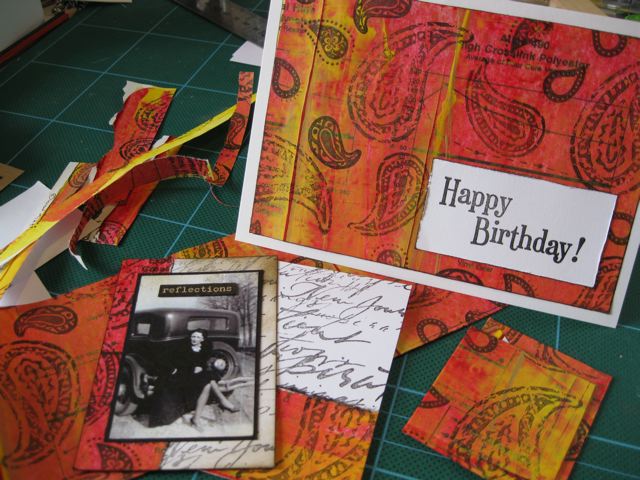


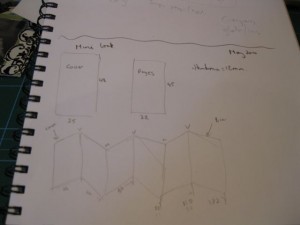
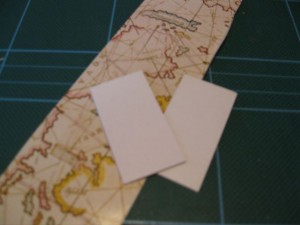
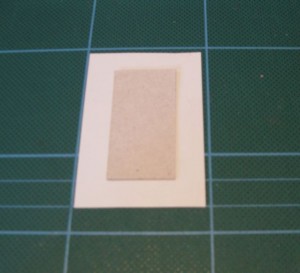
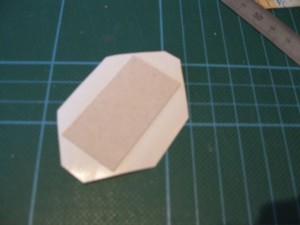
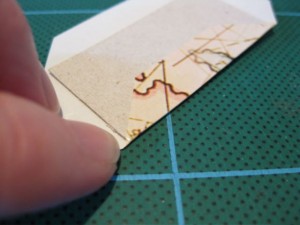
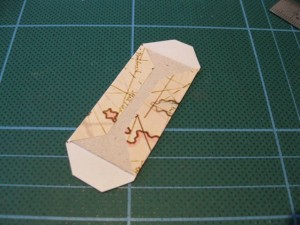
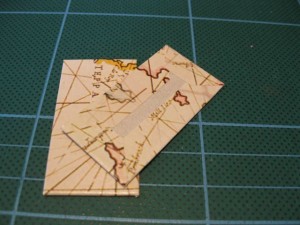
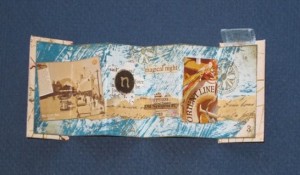





Recent Comments